In Episode 6 of the Restoration Obscura Field Guide Podcast, we travel into the forests of Upstate New York to document a Cold War legacy largely hidden from public view. Buried in the ground and scattered through remote clearings is a network of military infrastructure, missile silos, radar sites, and command facilities, built to survive and launch nuclear war. These installations made the Adirondacks a functional part of America’s nuclear defense strategy during the Cold War.
During the height of Cold War tension, the Adirondacks became home to missile silos, radar installations, and command systems that could have changed the course of civilization in a matter of minutes. Atlas-F ICBMs sat buried in hardened silos across Clinton, Essex, and Franklin Counties, ready to launch with warheads more than 200 times the power of Hiroshima. Plattsburgh Air Force Base, anchored by the 556th Strategic Missile Squadron, became a key node in America’s nuclear strike capability. B-52 bombers and KC-135 tankers were staged on one of the longest runways east of the Mississippi.
But it wasn’t just missiles and bombers. The Northeast played a critical role in the U.S. early warning system. Radar sites scattered through the region fed data into SAGE, the Semi-Automatic Ground Environment, a Cold War-era computing network designed to detect Soviet bombers flying over the Arctic. Smaller, sometimes fully automated Gap Filler radars were placed in rural areas, including the outskirts of the Adirondacks, to cover any blind spots in the detection grid.
For local residents, the transformation was surreal. One day the woods were just woods. The next, trucks arrived. Concrete was poured. Fences were built. Then silence. Something buried and watchful, just out of view.
This episode also explores the long-term environmental consequences. Trichloroethylene, or TCE, was used to clean missile components and leaked into the groundwater at multiple sites. In places like Champlain and Redford, wells were contaminated and residents raised concerns. The Cold War didn’t end cleanly. Some of its damage remains underground.
But this story is about more than military infrastructure. It’s also about our collective memory. The Cold War was defined as much by its cultural atmosphere as by its arsenals. Films like Threads, Red Dawn, By Dawn’s Early Light, The Day After, and Dr. Strangelove were not just entertainment. They were reflections of what the world feared and what many quietly believed could happen. They helped a generation understand what was often left unspoken.
Nuclear Sites of the Adirondacks is part history, part site report, and part cultural reflection. It is a story about proximity. To launch systems. To memory. To the brink. It is also a reminder of how close we came, how much was built to prepare for that moment, and how much still remains buried beneath the forest floor.
Discover Restoration Obscura’s Field Guide to the Night by John Bulmer
A hauntingly beautiful journey through how darkness has shaped human history, culture, and memory, from wartime blackouts and Cold War surveillance to ancient skywatchers and light‑polluted nights. Part memoir, part cultural history, this immersive field guide challenges us to step out of the glow and reconnect with what the night still has to teach.
Paperback ($14.99) / Kindle ($9.99) | 368 pages | Published June 1, 2025 | ISBN 979‑8218702731 | Restoration Obscura Press
Available worldwide on Amazon (Prime eligible)
About Restoration Obscura
Restoration Obscura is where overlooked history gets another shot at being seen, heard, and understood. Through long-form storytelling, archival research, and photographic restoration, we recover the forgotten chapters—the ones buried in basements, fading in family albums, or sealed behind locked doors.
The name nods to the camera obscura, an early photographic device that captured light in a darkened chamber. Restoration Obscura flips that idea, pulling stories out of darkness and casting light on what history left behind.
This project uncovers what textbooks miss: Cold War secrets, vanished neighborhoods, wartime experiments, strange ruins, lost towns, and the people tied to them. Each episode, article, or image rebuilds a fractured past and brings it back into focus, one story at a time.
If you believe memory is worth preserving, if you’ve ever felt something standing at the edge of a ruin or holding an old photograph, this space is for you.
Subscribe to support independent, reader-funded storytelling: www.restorationobscura.com
🎧 The Restoration Obscura Field Guide Podcast is streaming now on all major streaming platforms.
Every photo has a story. And every story connects us.
© 2025 John Bulmer Media & Restoration Obscura. All rights reserved. Educational use only.
Permissions Statement
Restoration Obscura may not hold copyright for all images featured in its archives or publications. For uses beyond educational or non-commercial purposes, please contact the institution or original source that provided the image.


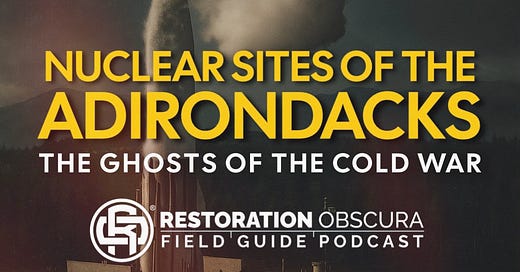


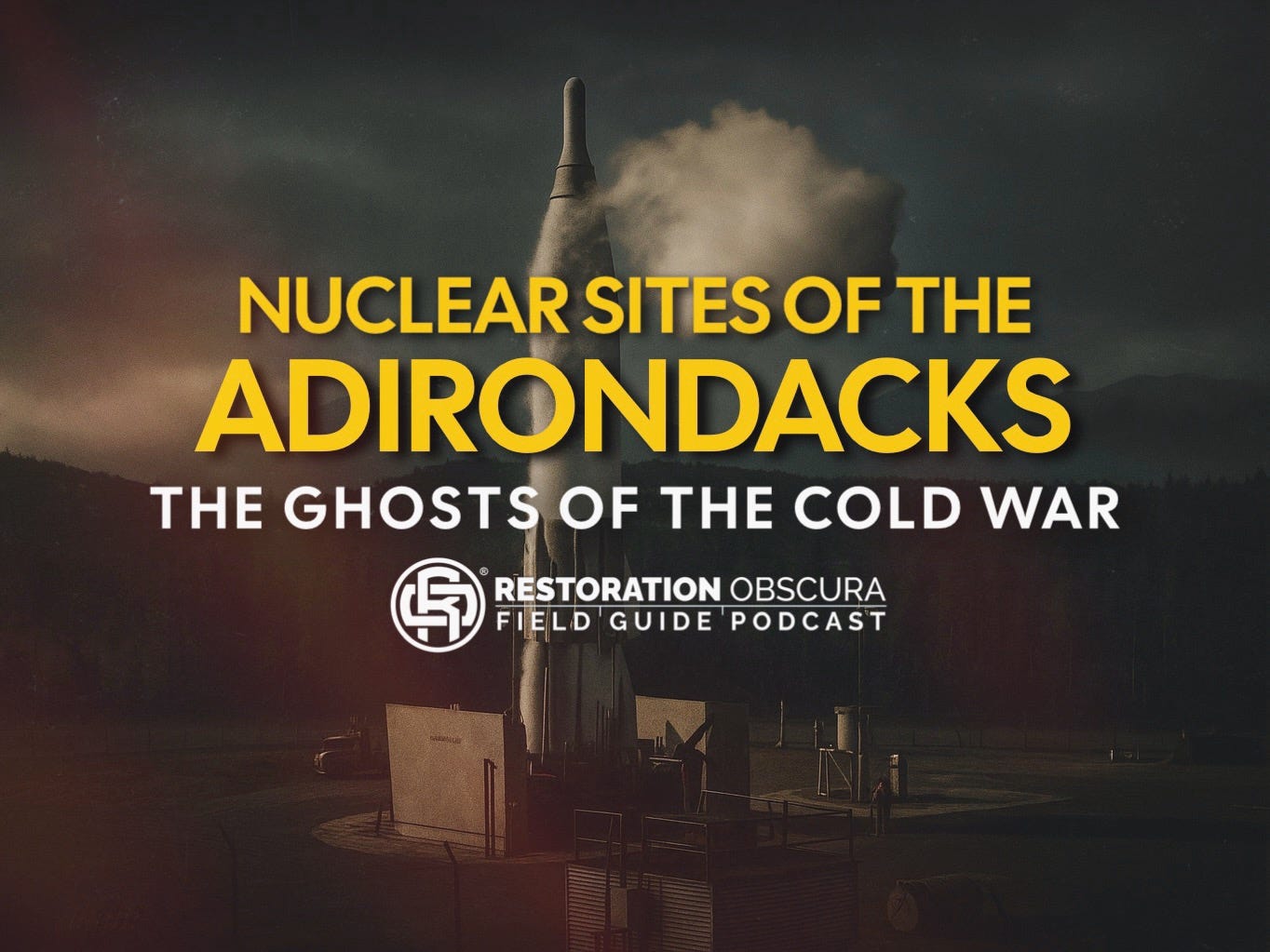
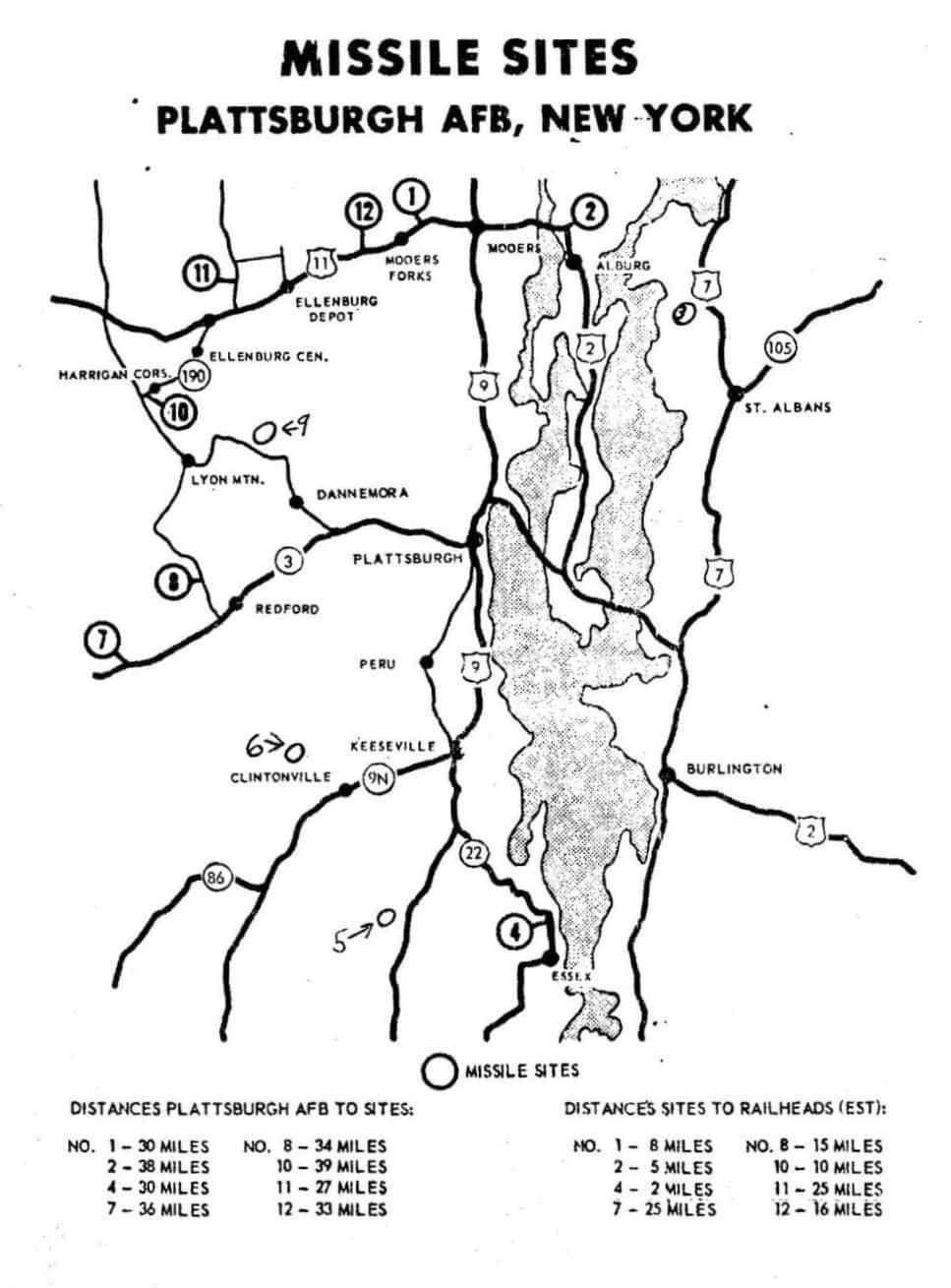



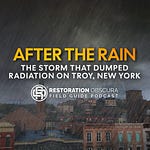

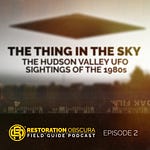

Share this post